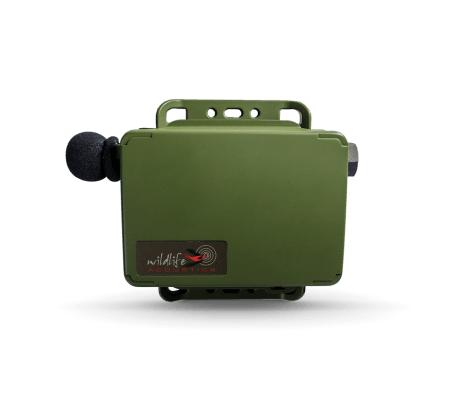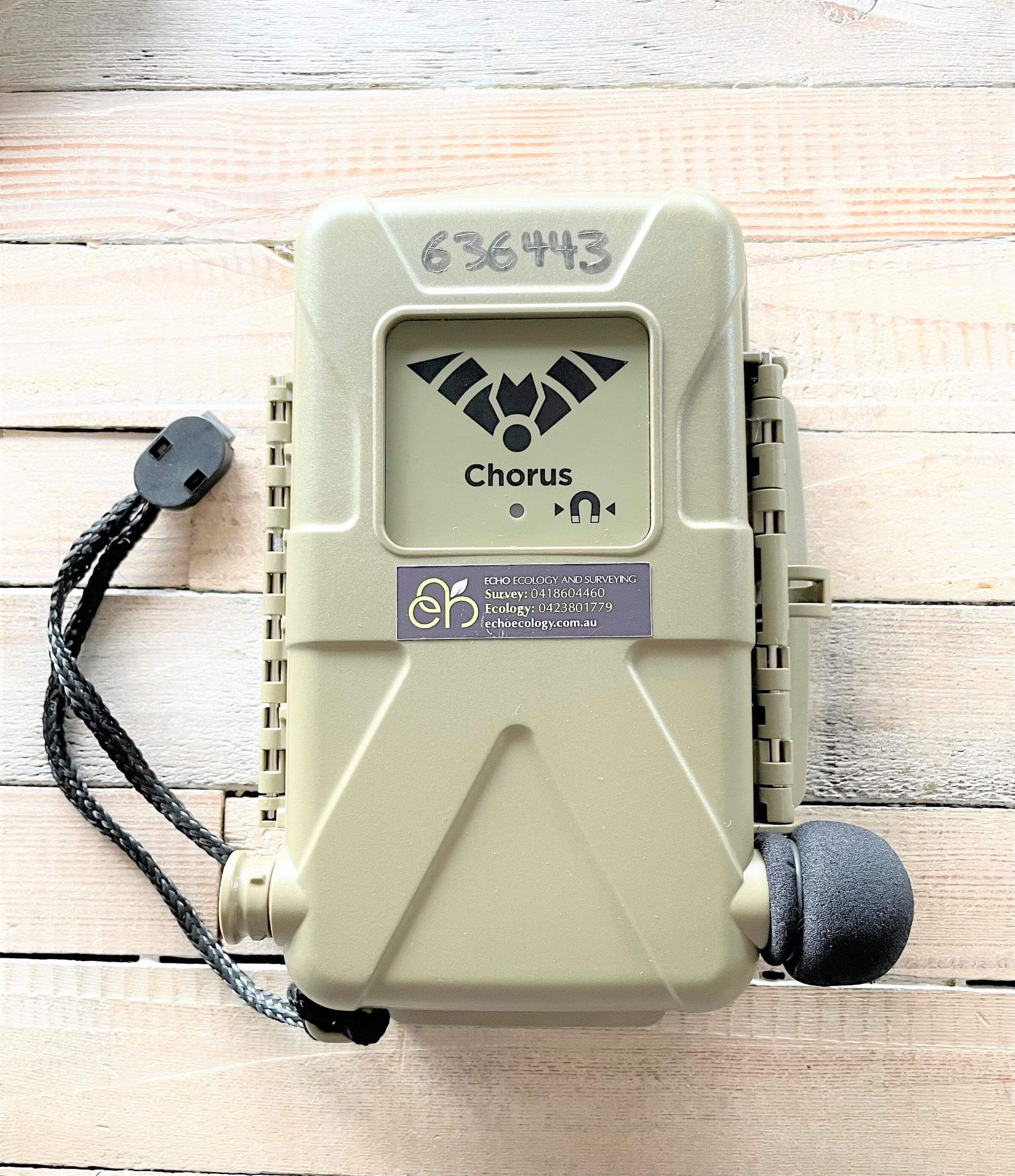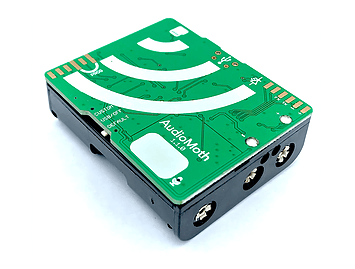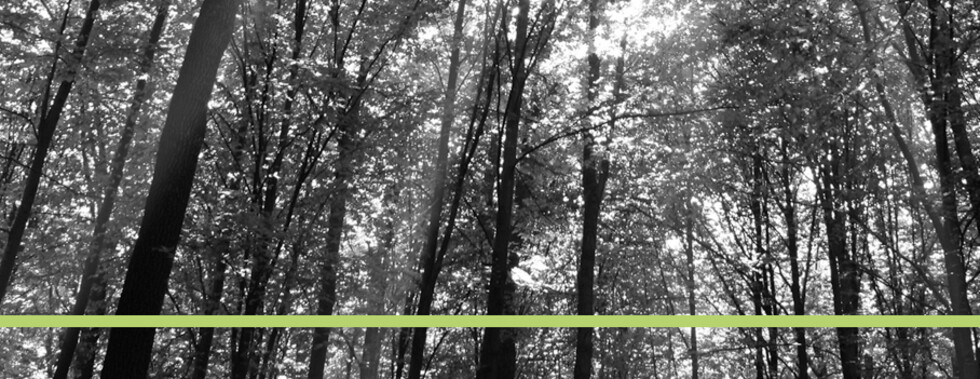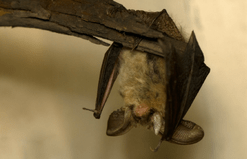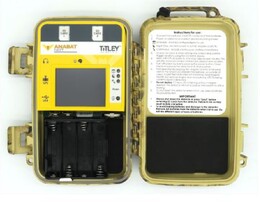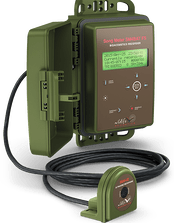Bat Call Identification
We provide bat echolocation call identification services of calls from all major bat detectors including:
A detailed bat call analysis report is provided for each project to the Australasian Bat Society standards for ultrasonic bat surveys.
We undertake bat call identification for many large projects including wind farm assessments and operational monitoring. We have workflows to streamline the management of these large datasets.
We strive to keep up with current technology and are happy to discuss bat survey methodologies such as calibrating detectors, long-term deployment and automated identification.
Contact us to discuss your bat detector or call analysis requirements.
Bird, Frog and Mammal Call Identification
At Echo Ecology and Surveying, we also specialise in providing call identification services for bird, frog and mammal call recordings in NSW obtained by any acoustic recording device, including the commonly used Song Meter range (Wildlife Acoustics), Chorus (Titley Scientific) and AudioMoth (Open Acoustic Devices). These acoustic devices are able to record diurnal birds, owls, frogs and vocal mammals remotely and on various recording schedules. Their use is invaluable to monitoring surveys (where you want to standardise sampling between sites) and for targeting rare species (such as for targeted threatened species surveys).
Acoustic recording devices are an indirect fauna survey method that can save time in the field and improve species detection for targeted species surveys. They aren't a replacement for talented ecologists and ornithologists in the field, but for research, monitoring and targeted surveys they are quite valuable and provide a standardised permanent acoustic record for a site.
We use a combination of automated call recognition and acoustic clustering software (Kaleidoscope Pro, Wildlife Acoustics) to analyse and identify acoustic recordings.
Automated NSW Threatened Species Acoustic Classifiers
We currently have automated classifiers for the following threatened species that we can run through your recordings:
- Forest Owls
- Powerful Owl
- Barking Owl
- Sooty Owl
- Masked Owl
- Vocal Mammals
- Koala
- Yellow-bellied Glider
- Squirrel Glider
- Frogs
- Giant Barred Frog (Mixophyes iteratus)
We are constantly developing and refining automated classifiers for threatened species, so ask us if we have one for your species of interest. We also test all of our automated classifiers against field recordings to provide end users with a measure of accuracy (% correct).
The automated classifier software scans through recordings looking for calls from particular species. The results of the classifier are then manually validated by viewing spectrograms and listening to the audio. For some target species where calls overlap with other species, we send these files to experts for further review and validation where required.
We can also build custom classifiers for your species or species group of interest.
Acoustic clustering and indices
For projects where species inventory is required from acoustic data, we provide acoustic clustering services to our clients, where we group the data into like sounds and we can either provide you the results so that you can identify calls inhouse or we can use our call expert base (depending on your location) to identify them for you.
We can also calculate various acoustic indices for use in monitoring and other research projects.
Long-term studies
For those planning or undertaking annual monitoring surveys for a particular project, we can develop an automated key library for your particular target species or adapt one of our existing keys. The benefit of collecting acoustic recordings for a long-term study is that we can retrospectively analyse datasets as we refine and develop automatic identification keys, increasing the research opportunities. We recommend including acoustic recorders as a standard survey method for monitoring programs as they standardise survey effort, remove observer bias and are time efficient.
